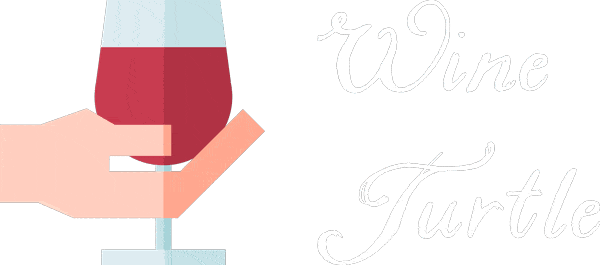How Sweden is Reinventing the Wine Map [Swedish Wine]
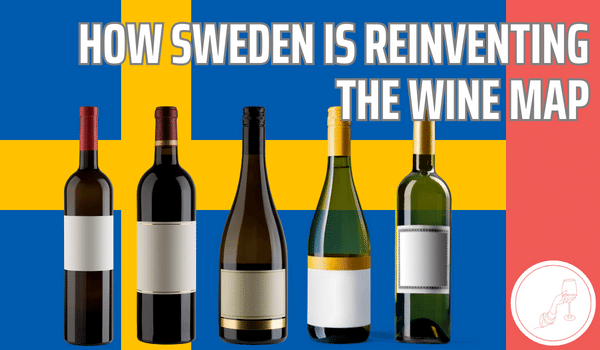
Sweden isn’t usually the answer on the tip of someone’s tongue when asked about countries that produce excellent wine.
In fact, I'd hazard a guess at saying it would surprise most people to learn that they even make wine in Sweden.
However, the world wine map is changing, and changing fast.
Nations that were once too far north and too cold for growing wine grapes are now producing wine, and great wine at that!
England is one such example that is now producing world-class sparkling wine.
So, what’s changed?
A Changing Sweden
Winemaking has existed in Sweden for around 20 years already. However, it was nothing more than a hobby and wines certainly never saw export.
To make grape growing possible on a large scale something needed to change and that was the temperature.
Global warming has seen a worldwide increase in temperatures but Sweden is seeing the effects play out even more rapidly.
The temperature here has risen by around 2 degrees Celsius whereas the worldwide average is just 1 degree Celsius.
It has been estimated that the winter temperature in Sweden could increase by as much as 7 degrees Celsius by 2100 (source).
All this is generally terrible news but it has allowed winemaking to flourish here.
Being so far north, Sweden has something that the famous winemaking countries of Italy and France (to name a couple) don’t.
And that is almost 24-hour sunlight.
During the peak of summer, some vineyards in Sweden experience up to 23 hours of daylight. This extended exposure to sunlight is beneficial for the ripening of grapes, leading to unique and innovative wine varieties.
The long development period for the grapes results in unusually high acidity. This gives wines from Sweden a very unique “terroir” or sense of place.
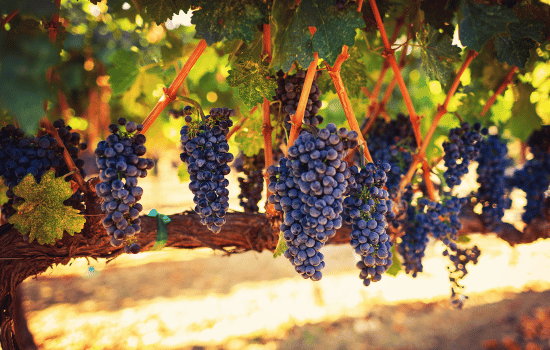
However, even now, winemaking only exists in the very south of the country. Most wineries are located in the southern counties of Scania and Södermanland.
Here at around 56 degrees latitude, the hours of sunshine during the growing season are longer than anywhere else in Europe but due to the latitude, the grapes take longer to ripen.
During the growing season, Södermanland is said to receive 25% more sunshine hours than Bordeaux.
And that leads me to the second reason why winemaking has taken off in Sweden over recent years. The production of new wine varieties that are hardier and more resilient in the face of changeable weather.
I’ll discuss this in more detail in the following section.
Which Wine Grapes Grow in Sweden?
Now, I mentioned how Sweden has been warming at quite a rate. However, it’s still far from being a warm country. So which type of grapes are suited to a country that has an annual average snowfall of 74 cm?
Two of the most popular wine grapes grown in Sweden are Solaris and Rondo.
Solaris is a white grape similar to Sauvignon Blanc in style. It was actually only created in 1975 by the Freiberg Wine Institute when they cross-bred Merzling and GM6493. It’s a grape that was created for its resilience and resistance to disease and mildew. Ädel is a popular wine made by Gute Vingård. It’s a sweet wine produced with botrytized Solaris grapes.
Rondo is a dark-skinned variety that was created in 1964. It was created by crossing Zarya Severa and St. Laurent grape varieties. It is known for its high resistance to frost and mildew.
Another popular wine grape in Sweden is Vidal Blanc. This grape is commonly used to make Ice Wine (Eiswein), where it is allowed to freeze on the vine. Swedish Ice Wine is quickly becoming sought after, with Blaxsta Vingard Vidal Ice wine receiving critical acclaim.
Léon Millot is a dark-skinned grape that was created in 1911 by crossing Millardet et de Grasset 101-14 with Goldriesling. This grape is well suited to cool climates where it has a high resistance to fungal disease. It can produce big bold Syrah-like wines or lighter wines more like a Pinot Noir.
More commonly known wine grapes like Pinot Noir, Merlot, and Chardonnay are grown in Sweden too, but less commonly so.
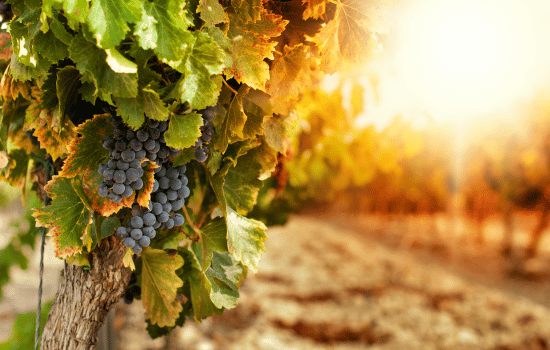
Buying Wine in Sweden - Problems Ahead?
It all sounds very promising for the future of Swedish wine, doesn’t it? Well, yes and no.
Sweden has a unique system for licensing alcohol sales and it’s not without its problems.
Systembolaget is a government-owned chain of liquor stores that is the only licensed place to buy alcohol higher than 3.5% ABV.
There are over 450 stores nationwide and also an online service. Burgeoning online wine recommendation tools like Vinodino also exist to work in tandem with Systembolaget.
The Swedish alcohol licensing system presents a small problem to Swedish wineries in that they may not sell bottles of wine to visitors. Well, not directly anyway.
Should somebody visiting a local winery wish to purchase some wine, they would need to visit a local Systembolaget store instead.
On-site wine sales made at tours and tasting events make up a significant portion of winery profits in other countries.
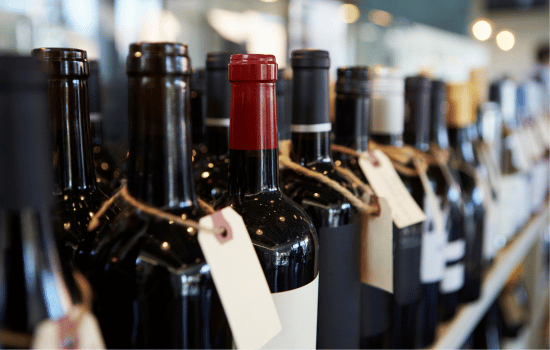
In this article, a winery owner in Wisconson, USA suggests that proposed restrictions on wineries selling their products on their premises would likely “...put in-state wineries and breweries out of business,”
As a result, very few Swedish wineries are actually profitable. At least not solely from their winemaking anyway. They rely on side ventures like restaurants.
This restriction is a real shame because Swedes are spending more money than ever on expensive wine. Just think how wineries could benefit from this with a change in legislation.
However, a recent Supreme Court ruling granted a Danish company permission to market alcohol within Sweden, so the monopoly on alcohol sales could be about to change.
Let’s hope for the sake of Swedish winemakers that stances continue to soften. They will need to continue doing things the hard way for now, but that’s the only way they’ve ever known.
